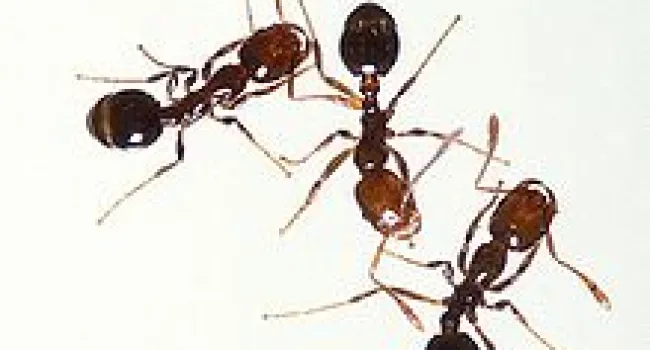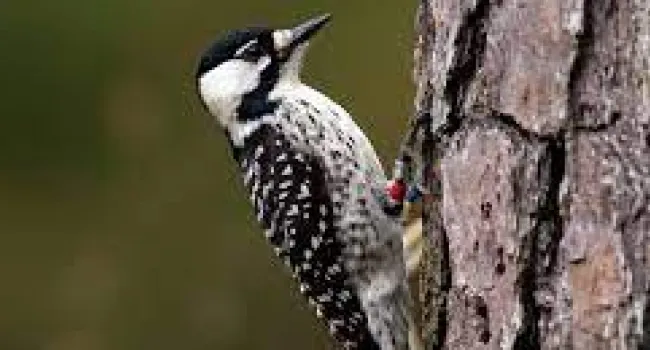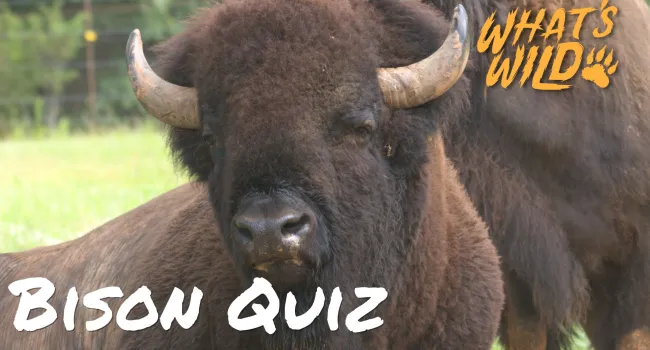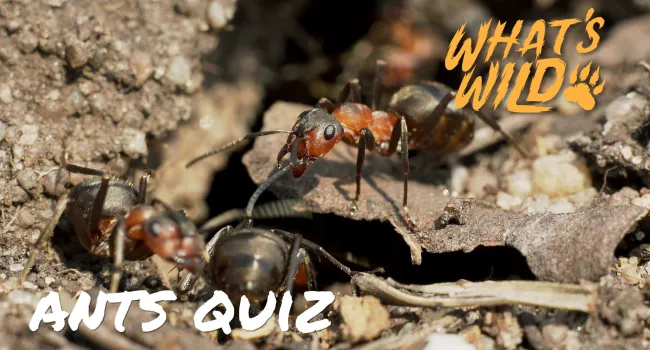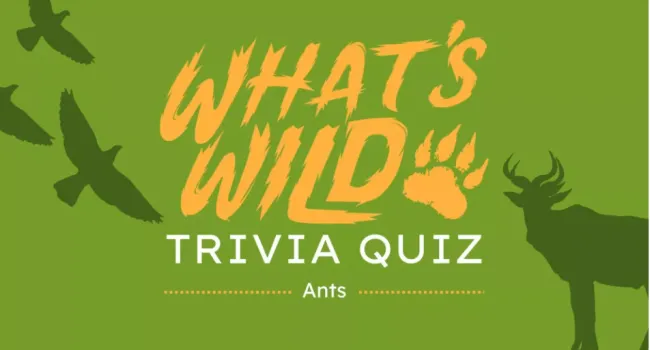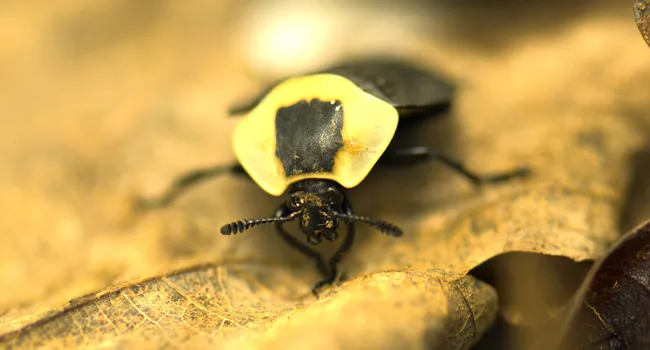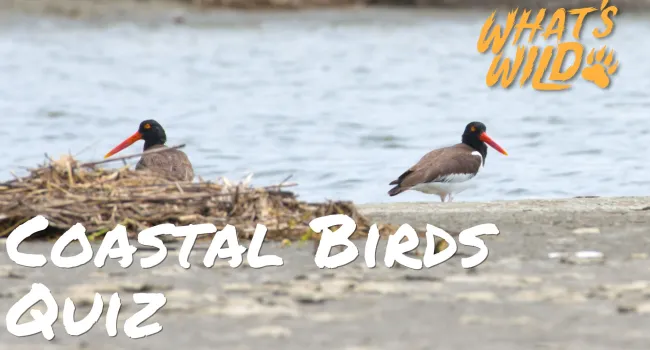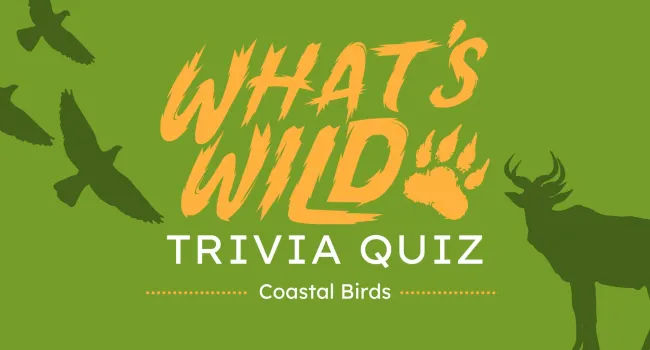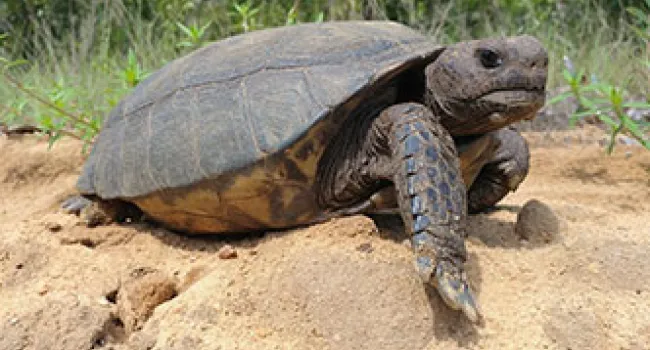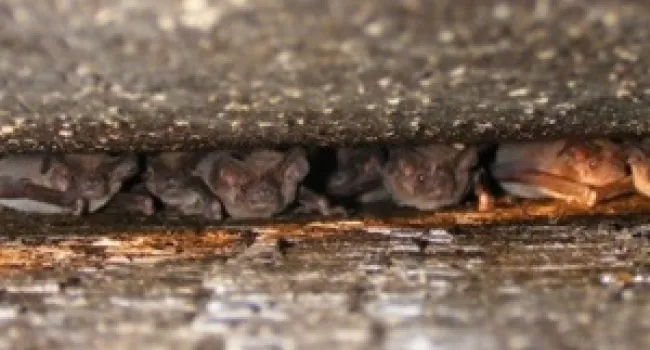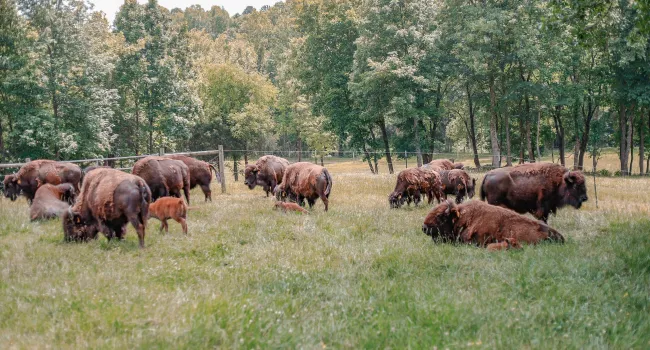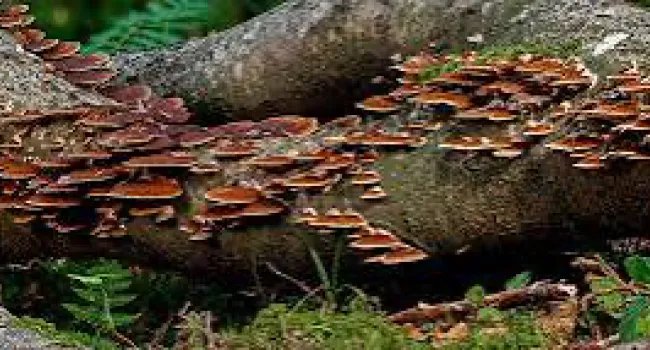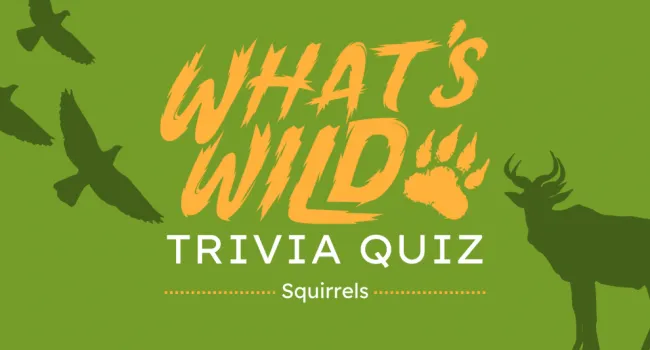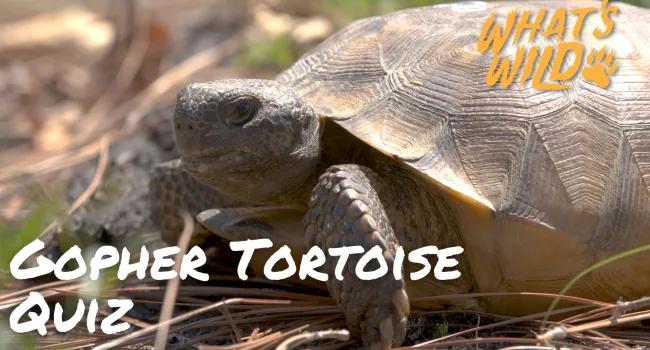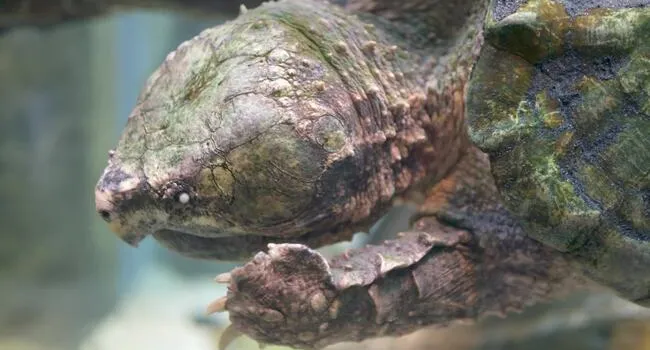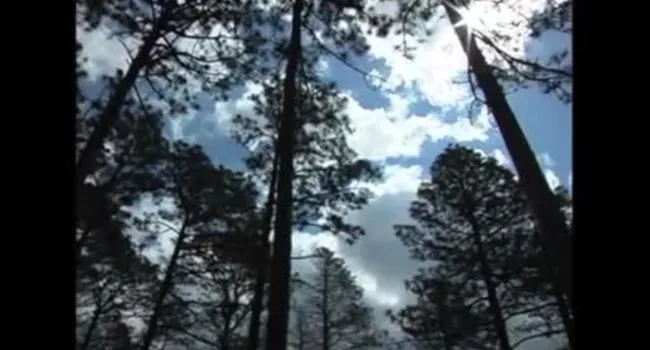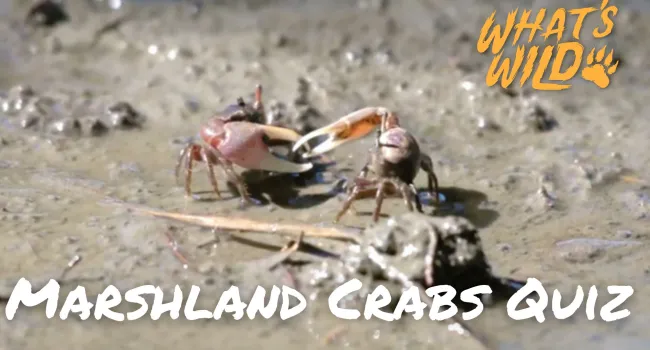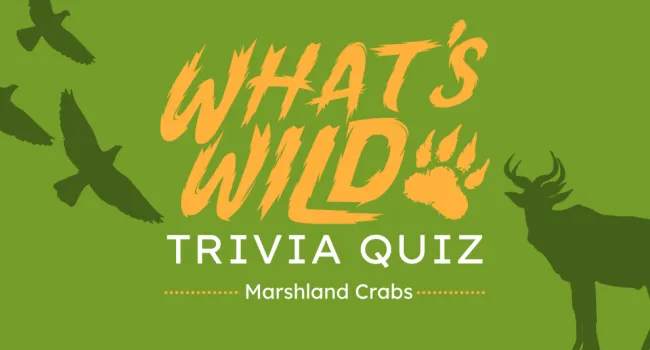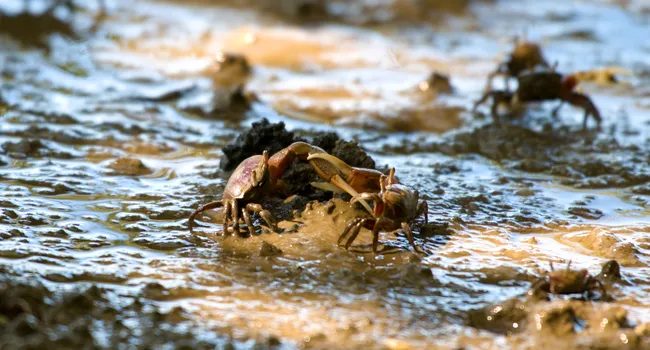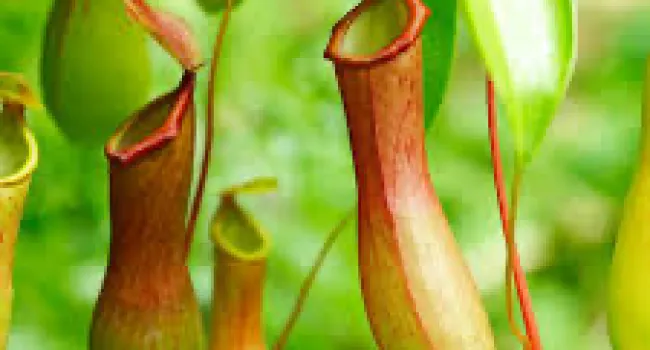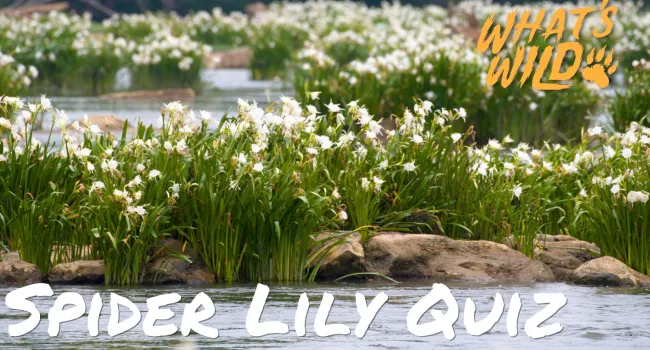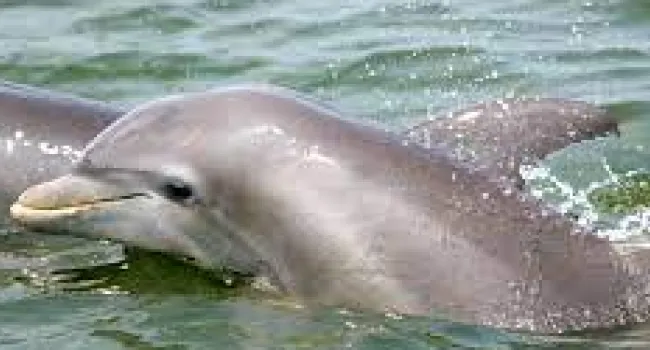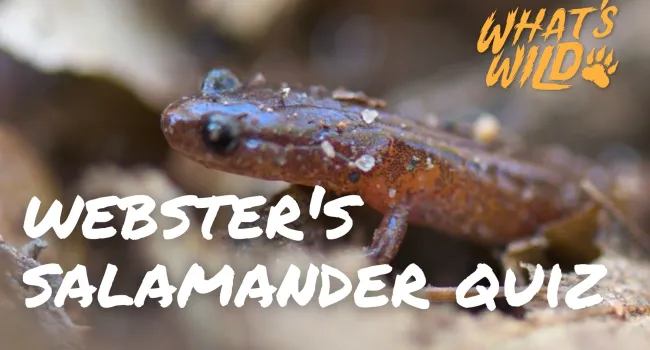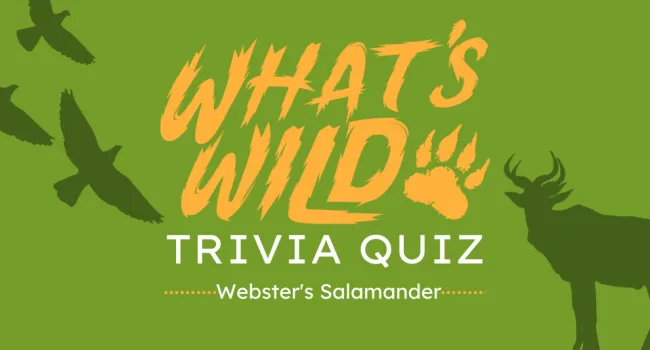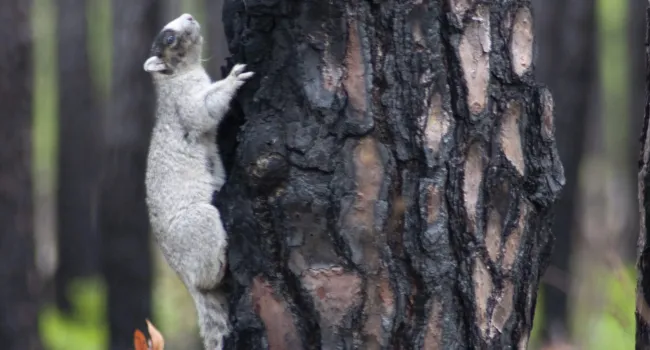This episode of What's Wild observes some peculiar behaviors squirrel species have and the nutty ways they benefit the environment. To find North America's largest tree squirrel, we'll travel to one of South Carolina's remote barrier islands and see what one tour company is doing to educate the public on this important critter!
Standards
- K-LS1-1. LS1.C: Organization for Matter and Energy Flow in Organisms
- 1-LS1-1 Use materials to design a solution to a human problem by mimicking how plants and/or animals use their external parts to help them survive, grow, and meet their needs.
- 1-LS1-2 Obtain information from multiple sources to determine patterns in parent and offspring behavior that help offspring survive.
- 3-LS2-1 Construct an argument that some animals form groups that help members survive.
- 3-LS3-2 Use evidence to support the explanation that traits can be influenced by the environment.
- 4-LS1-2 Use a model to describe that animals receive different types of information through their senses, process the information in their brain, and respond to the information in different ways
- 7-LS2-2 Construct an explanation that predicts patterns of interactions among organisms across multiple ecosystems.
- 7-LS2-4 Construct an argument supported by empirical evidence that changes to physical or biological components of an ecosystem affect populations.
- B-LS2-1. Use mathematical and/or computational representations to support explanations of biotic and abiotic factors that affect carrying capacity of ecosystems at different scales.
- B-LS2-7 Design, evaluate, and refine a solution for reducing the impacts of human activities on biodiversity and ecosystem health.
Resources
You need to be logged in to listen to view this content. Create an account now; it's quick, easy, and free!
Log In to View